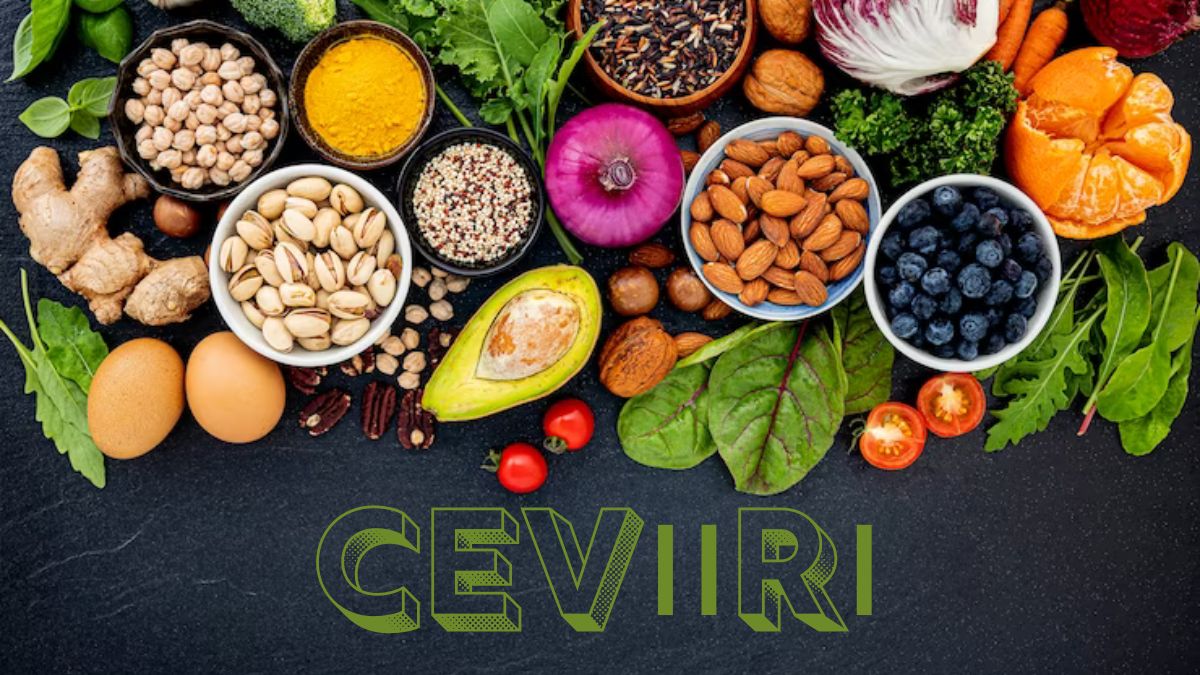History of Cevıırı
Cevıırı has a long history that dates back to ancient times. It is believed to have originated in Central Asia and spread to Anatolia, the heartland of Turkey, through trade and conquests. Over the centuries, Cevıırı has evolved into a beloved Turkish dish, cherished for its rich flavor and cultural symbolism.

Ingredients Used
The key ingredients used in Cevıırı include ground meat, onion, garlic, spices such as cumin and red pepper flakes, and bulgur wheat. These ingredients are mixed together to form small meatballs, which are then cooked in a rich tomato-based sauce.
Cultural Significance
Cevıırı holds a special place in Turkish culture as a symbol of hospitality and togetherness. It is often served to guests as a sign of welcome and is a staple dish in Turkish homes during celebrations and gatherings.
Regional Variations
There are several regional variations of Cevıırı found across Turkey, each with its own unique twist on the classic dish. For example, in the southeastern region of Gaziantep, Cevıırı is made with pistachios and served with yogurt, while in the Black Sea region, it is prepared with walnuts and served with pomegranate molasses.
Preparation Methods
The traditional method of preparing Cevıırı involves hand-rolling the meatballs and simmering them in the sauce for hours to allow the flavors to meld together. However, modern variations of Cevıırı use shortcuts such as pre-made meatballs or instant bulgur wheat, making it easier to prepare at home.
Serving and Presentation
Cevıırı is typically served hot, garnished with fresh herbs such as parsley or mint, and accompanied by a side of rice or bread. It is often enjoyed with a dollop of yogurt on top to balance out the flavors.
Health Benefits
Cevıırı is not only delicious but also nutritious. It is a good source of protein, fiber, and essential vitamins and minerals. The combination of meat, bulgur wheat, and spices makes it a hearty and satisfying dish.
Popular Cevıırı Recipes
There are countless variations of Cevıırı recipes available, each with its own unique twist on the classic dish. Some popular recipes include Cevıırı with eggplant, Cevıırı with chickpeas, and Cevıırı with spinach.
Cevıırı in Turkish Festivals and Traditions
Cevıırı plays a significant role in Turkish festivals and traditions, where it is often served to celebrate special occasions such as weddings, births, and religious holidays. It is also a common dish during the holy month of Ramadan, where it is enjoyed as a hearty meal to break the fast.
Cevıırı in Turkish Literature and Art
Cevıırı has been immortalized in Turkish literature, music, and visual arts as a symbol of Turkish identity and heritage. It is often referenced in poems, songs, and paintings, showcasing its cultural significance.
Cevıırı in Modern Turkish Cuisine
In recent years, Cevıırı has experienced a revival in modern Turkish cuisine, with chefs and home cooks alike experimenting with new ingredients and techniques to create innovative dishes. It is now common to find Cevıırı served in upscale restaurants and cafes, showcasing its versatility and adaptability.
Global Influence of Cevıırı
Cevıırı’s popularity has transcended Turkey’s borders and is now enjoyed by people around the world. It has been featured in international food festivals and culinary magazines, further solidifying its status as a beloved dish in global cuisine.
Sustainability and Cevıırı
As the demand for Cevıırı continues to grow, there is a growing emphasis on sustainability in its production and consumption. Efforts are being made to source ingredients ethically and to reduce food waste associated with its preparation.
Conclusion
In conclusion, Cevıırı is more than just a dish; it is a symbol of Turkish culture, tradition, and hospitality. Its rich history, unique flavors, and cultural significance make it a cherished part of Turkish cuisine and a favorite among food enthusiasts around the world.
FAQs about Cevıırı
- Is Cevıırı spicy?
- The level of spiciness in Cevıırı can vary depending on the recipe. Some versions are quite spicy, while others are more mild.
- Can I make Cevıırı vegetarian?
- Yes, you can make a vegetarian version of Cevıırı using plant-based meat substitutes or vegetables such as mushrooms or lentils.
- Is Cevıırı gluten-free?
- Traditional Cevıırı is not gluten-free, as it contains bulgur wheat. However, you can make a gluten-free version using gluten-free bulgur wheat or quinoa.
- How long does it take to prepare Cevıırı?
- The preparation time for Cevıırı can vary depending on the recipe and method of cooking. Traditional Cevıırı may take several hours to prepare, while modern versions can be ready in less time.
- What is the best way to store leftover Cevıırı?
- Leftover Cevıırı can be stored in an airtight container in the refrigerator for up to three days. It can also be frozen for longer storage.

